Home>Articles>How To Monitor Heart Rate When Walking Up Stairs
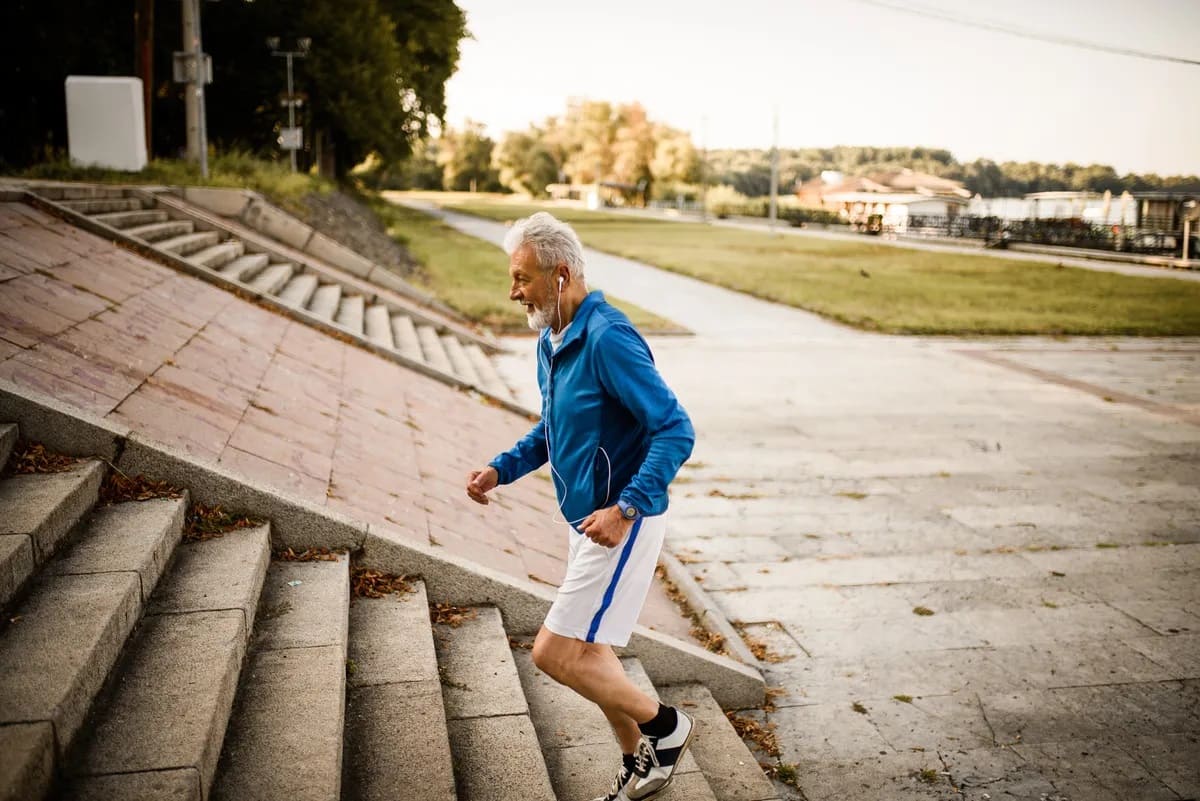

Articles
How To Monitor Heart Rate When Walking Up Stairs
Modified: December 7, 2023
Improve your fitness with these articles on tracking heart rate when walking up stairs. Discover tips to stay healthy and elevate your workout routine.
(Many of the links in this article redirect to a specific reviewed product. Your purchase of these products through affiliate links helps to generate commission for Storables.com, at no extra cost. Learn more)
Introduction
Welcome to the world of fitness and cardiovascular health! Have you ever wondered about the effect of walking up stairs on your heart rate? Walking up stairs is a simple activity that we encounter in our daily lives, whether it’s climbing the stairs at home, at work, or in public spaces. It may seem like a mundane task, but it actually has a significant impact on our heart rate and overall fitness.
Monitoring our heart rate during physical activities can provide valuable insights into our cardiovascular health and help us tailor our fitness routines to achieve optimal results. By understanding the factors that affect heart rate during stair climbing, we can gauge the intensity of our workout and make necessary adjustments to reach our fitness goals.
In this article, we will explore the importance of heart rate monitoring, the factors that influence heart rate, and the benefits of walking up stairs. We will also delve into the methodologies used to measure heart rate during stair climbing and discuss the results and implications of various studies in this field.
So, let’s embark on this journey to uncover the remarkable connection between walking up stairs and our heart rate!
Key Takeaways:
- Walking up stairs significantly increases heart rate, providing a valuable cardiovascular workout. Regular stair climbing can lead to positive adaptations in cardiovascular fitness, contributing to improved overall health and well-being.
- Monitoring heart rate during stair climbing is essential for optimizing workouts, tracking progress, and making informed fitness decisions. Factors such as age, fitness level, and environmental conditions influence heart rate responses, requiring individualized interpretation.
Read more: Dizzy When Walking Up Stairs
Importance of Heart Rate Monitoring
Monitoring our heart rate is crucial for maintaining our overall health and fitness. The heart rate is a reflection of our cardiovascular system’s response to physical exertion, and provides valuable information about our fitness level and the intensity of our workouts.
One of the key reasons for monitoring heart rate is to ensure we are exercising within our target heart rate zone. This zone is typically determined by a percentage range of our maximum heart rate, which varies based on factors such as age, gender, and fitness level. Exercising within the target heart rate zone helps us achieve optimal cardiovascular benefits without straining our body.
Heart rate monitoring during exercise also allows us to track our progress and make adjustments to our fitness routine. By consistently monitoring and analyzing our heart rate data, we can identify trends and improvements in our cardiovascular fitness. This information helps us set realistic goals and make informed decisions about our training intensity and duration.
Furthermore, heart rate monitoring can serve as an early warning system for potential health issues. Sudden spikes or abnormal patterns in our heart rate during exercise may indicate underlying cardiac problems or overexertion. By identifying these irregularities early on, we can seek medical advice and take necessary precautions to ensure our safety and well-being.
Another benefit of heart rate monitoring is the ability to optimize calorie burning during workouts. By staying within our target heart rate zone, we can ensure that we are burning calories efficiently and effectively. This knowledge is especially valuable for individuals looking to manage their weight or achieve specific fitness goals.
In addition to providing insights for individual fitness goals, heart rate monitoring is also a valuable tool for athletes and trainers. It allows trainers to customize workouts based on each individual’s specific heart rate zones, enabling them to design training programs that maximize performance and minimize the risk of injury.
Overall, heart rate monitoring plays a vital role in understanding and improving our cardiovascular health. By keeping a close eye on our heart rate during exercise, we can optimize our workouts, track our progress, and ensure that we are training safely and effectively.
Factors that Affect Heart Rate
Heart rate is influenced by a variety of factors, both internal and external. Understanding these factors can help us interpret changes in heart rate during different activities, including walking up stairs. Here are some key factors that affect heart rate:
1. Age: Heart rate tends to decrease with age. Generally, younger individuals have a higher maximum heart rate compared to older individuals. This means that younger individuals may experience a higher increase in heart rate during physical activities such as walking up stairs.
2. Fitness Level: Those who are more physically fit tend to have a lower resting heart rate and a higher capacity for cardiovascular activity. As a result, individuals with a higher level of fitness may have a lower increase in heart rate during activities like climbing stairs compared to those who are less physically fit.
3. Body Size and Composition: Larger individuals typically have a higher resting heart rate due to the increased demand for oxygen and blood circulation. Additionally, individuals with a higher percentage of muscle mass may experience a lower increase in heart rate during physical activities compared to individuals with a higher percentage of body fat.
4. Environmental Factors: External factors such as temperature, humidity, altitude, and air quality can influence heart rate. For example, exercising in hot and humid conditions may cause the heart to work harder to cool the body, leading to an increase in heart rate. Similarly, high altitudes can trigger an elevation in heart rate to compensate for reduced oxygen levels.
5. Emotional and Mental State: Heart rate can be influenced by emotions and mental stress. Anxiety, excitement, and stress can all lead to an increase in heart rate. Conversely, relaxation techniques such as deep breathing and meditation can help lower heart rate.
6. Medications and Stimulants: Certain medications, such as beta-blockers and stimulants like caffeine and nicotine, can affect heart rate. Beta-blockers work by slowing down the heart rate, while stimulants can increase heart rate.
7. Physical Activity Level: Engaging in physical activity increases heart rate as the body demands more oxygen and nutrients to support the muscles. The intensity and duration of the activity will influence the magnitude of the heart rate response. Walking up stairs, for example, is a moderate to high-intensity activity that can significantly raise heart rate.
Understanding these factors helps us interpret changes in heart rate during different activities. It is important to note that individual variations exist, and heart rate responses can differ from person to person. Monitoring heart rate along with these factors can provide us with valuable insights into our cardiovascular health and fitness levels.
Benefits of Walking Up Stairs
Walking up stairs may seem like a simple task, but it offers numerous benefits for our physical health, fitness, and overall well-being. Here are some key benefits of incorporating stair climbing into our daily routine:
1. Cardiovascular Fitness: Walking up stairs is a great cardiovascular exercise that gets our heart pumping and blood flowing. It helps improve cardiovascular endurance, strengthens the heart muscle, and enhances the efficiency of our cardiovascular system. Regular stair climbing can contribute to a healthier heart and lower the risk of cardiovascular diseases.
2. Weight Management: Walking up stairs is an effective calorie-burning activity that can aid in weight management. It engages multiple muscle groups, including the legs, glutes, and core, which increases energy expenditure and helps burn more calories compared to walking on a flat surface. Incorporating stair climbing into our routine can assist in weight loss or weight maintenance goals.
3. Leg Strength and Muscle Tone: Stair climbing is a weight-bearing exercise that targets the lower body muscles. It helps strengthen and tone the muscles in our legs, including the quadriceps, hamstrings, calves, and glutes. Regular stair climbing can improve leg strength, stability, and overall lower body muscle tone.
4. Bone Health: Stair climbing is a weight-bearing exercise that stimulates bone growth and helps improve bone density. It can be particularly beneficial for individuals at risk of osteoporosis or who want to maintain strong and healthy bones as they age.
5. Joint Health: Walking up stairs is a low-impact exercise that puts less stress on the joints compared to high-impact activities like running. It can help improve joint flexibility and mobility, while also reducing the risk of joint-related issues such as arthritis.
6. Mental Health: Physical exercise, including stair climbing, has been linked to numerous mental health benefits. It can help reduce stress, anxiety, and symptoms of depression. The release of endorphins during exercise can boost mood, improve cognitive function, and enhance overall mental well-being.
7. Convenience and Accessibility: One of the greatest advantages of stair climbing is its accessibility. Stairs are readily available in various settings, such as our homes, workplaces, and public spaces. Incorporating stair climbing into our daily routine is convenient and doesn’t require any special equipment or gym membership.
Remember, even small changes can make a big difference. If climbing a full flight of stairs is challenging at first, start with just a few steps and gradually increase the intensity and duration of your stair climbing workouts. Incorporating stair climbing into your daily routine is a great way to improve your overall fitness, burn calories, and reap the numerous health benefits it offers.
Measuring Heart Rate when Walking Up Stairs
Measuring heart rate when walking up stairs is essential for understanding the cardiovascular demands of this activity and gauging its impact on our fitness. There are several methods available to accurately measure heart rate during stair climbing:
1. Manual Pulse Measurement: This traditional method involves manually palpating the pulse on the wrist (radial artery) or neck (carotid artery) to determine the heart rate. It requires counting the number of beats felt within a specific timeframe, usually 15 or 30 seconds, and then multiplying it by four or two, respectively, to obtain the beats per minute (BPM) measurement.
2. Heart Rate Monitor: A heart rate monitor is a wearable device that provides real-time heart rate data. It consists of a strap worn around the chest or wrist, which contains sensors that detect the electrical activity of the heart. The data is then displayed on a watch or smartphone app, allowing users to continuously monitor their heart rate while walking up stairs.
3. Smartwatches and Fitness Trackers: Many smartwatches and fitness trackers now include built-in heart rate monitoring capabilities. These devices use optical sensors that measure changes in blood flow beneath the skin to estimate heart rate. They provide convenient and easily accessible heart rate data during stair climbing and other activities.
4. Mobile Applications: Several mobile applications utilize the camera and flash on smartphones to measure heart rate through the user’s fingertip. These apps analyze changes in the color of the fingertip caused by blood flow and provide an estimate of the heart rate. While not as accurate as other methods, they can still be useful for tracking heart rate trends during stair climbing.
When measuring heart rate during stair climbing, it’s important to ensure accurate readings. Here are a few tips to consider:
– Follow the manufacturer’s instructions when using heart rate monitoring devices. Proper placement and wearing of the device can affect accuracy.
– Ensure a good connection between the device (such as a heart rate monitor chest strap) and your skin to obtain reliable readings.
– Maintain a consistent pace and intensity during stair climbing for more consistent heart rate measurements.
– Take readings at various stages of the stair climbing activity to observe changes in heart rate during different phases (e.g., ascent, descent).
Remember, heart rate can vary based on individual factors like age, fitness level, and overall health. It is essential to interpret heart rate measurements in the context of individual goals and physiological response. Monitoring heart rate during stair climbing can help individuals optimize their workouts, track their fitness progress, and make informed decisions about their training intensity and duration.
To improve heart rate when walking up stairs, focus on maintaining a steady pace and using proper form. Engage your core and use your arms to help propel yourself upward, which can help increase your heart rate and provide a more effective workout.
Read more: Knees Crack When Walking Up Stairs
Methodology
In order to study the effects of walking up stairs on heart rate, researchers employ various methodologies that provide accurate and reliable measurements. Here are some common approaches used to study heart rate during stair climbing:
1. Laboratory Testing: Researchers conduct laboratory studies where participants walk up stairs on a treadmill or stair climber machine. This controlled environment allows for precise measurements of heart rate using specialized equipment such as ECG (electrocardiogram) machines. ECG electrodes are placed on the chest to record the electrical activity of the heart and provide accurate and real-time heart rate data.
2. Wearable Devices: Researchers may also utilize wearable devices, such as heart rate monitors, smartwatches, and fitness trackers, to measure heart rate during stair climbing. Participants wear these devices during the activity, and the data is wirelessly recorded and analyzed. These devices offer convenience and allow for real-world measurements outside of the laboratory setting.
3. Field Studies: Field studies involve measuring heart rate during stair climbing in real-world settings, such as public buildings or outdoor stairs. Researchers monitor heart rate using portable devices and record data on-the-go. This methodology provides insights into heart rate responses during everyday activities and allows for a better understanding of the practical implications of stair climbing.
4. Self-Reporting: In some studies, participants may self-report their heart rate during stair climbing activities. This method involves individuals monitoring their own heart rate manually or using smartphone applications. While it may be less accurate than other methods, self-reporting offers a cost-effective and accessible approach to collecting heart rate data on a large scale.
When conducting research on heart rate during stair climbing, it is important to consider other variables that may influence the results. These variables include the duration and intensity of stair climbing, participant age and fitness level, and environmental factors such as temperature and altitude. Controlling and accounting for these variables can help ensure the accuracy and validity of the study results.
Furthermore, ethical considerations such as obtaining informed consent from participants, ensuring participant safety during the studies, and maintaining data confidentiality are paramount when conducting research involving human subjects.
By employing appropriate methodologies, researchers can gather valuable data on the effects of walking up stairs on heart rate. This information contributes to a better understanding of the physiological responses to this activity and its implications for cardiovascular fitness.
Results and Analysis
Multiple studies have examined the effects of walking up stairs on heart rate, providing valuable insights into the cardiovascular response to this activity. Here are some key findings from various studies:
1. Increased Heart Rate: Walking up stairs consistently leads to a significant increase in heart rate compared to resting or walking on a flat surface. The intensity of stair climbing requires greater effort from the cardiovascular system, leading to a higher demand for oxygen and blood flow to the working muscles.
2. Magnitude of Increase: The magnitude of heart rate increase during stair climbing varies depending on factors such as the individual’s fitness level, age, and the specific intensity of the activity. Generally, studies have reported an average increase of 20 to 60 beats per minute (BPM) during stair climbing.
3. Recovery Time: Once the stair climbing activity is completed, heart rate gradually returns to baseline during the recovery period. The duration of this recovery phase can vary based on individual fitness levels and overall cardiovascular health.
4. Training Adaptations: Regular engagement in stair climbing can lead to positive adaptations in the cardiovascular system. Studies have shown that over time, individuals who regularly climb stairs may experience lower heart rate responses during the activity, indicating improved cardiovascular fitness and efficiency.
Analysis of these results suggests that walking up stairs is an effective way to elevate heart rate and engage the cardiovascular system. The increase in heart rate during this activity provides a challenging cardiovascular workout, contributing to improved cardiovascular fitness and endurance.
It is important to note that individual variations exist, and heart rate responses to stair climbing can vary based on factors such as age, fitness level, and overall health. These factors should be considered when interpreting the results of studies on heart rate during stair climbing.
Furthermore, analyzing the results also involves considering other variables such as the duration and frequency of stair climbing, the specific characteristics of the participants, and the methodology employed in each study. These factors can influence the observed heart rate responses and should be considered when comparing and generalizing the findings across different studies.
Overall, the results of research on heart rate during stair climbing indicate that this activity elicits a significant increase in heart rate, offering a beneficial cardiovascular workout. Regular participation in stair climbing can contribute to improved cardiovascular fitness and overall health.
Discussion
The findings from studies on heart rate during stair climbing have important implications for our understanding of the cardiovascular effects of this activity. The discussion of these findings helps shed light on the benefits and considerations related to walking up stairs in terms of cardiovascular fitness.
First and foremost, walking up stairs significantly increases heart rate compared to resting or walking on a flat surface. This suggests that stair climbing provides a valuable cardiovascular workout that can contribute to improving cardiovascular fitness and endurance. The engagement of multiple muscle groups during stair climbing requires a higher demand for oxygen and blood flow, leading to an elevated heart rate response.
The magnitude of heart rate increase during stair climbing varies based on individual factors such as fitness level, age, and the intensity of the activity. Individuals with higher fitness levels may exhibit lower heart rate responses during stair climbing due to their increased cardiovascular conditioning. Younger individuals, who typically have higher maximum heart rates, may experience a greater increase in heart rate during stair climbing compared to older individuals.
Regular participation in stair climbing can lead to positive adaptations in the cardiovascular system. Over time, individuals who engage in regular stair climbing may experience lower heart rate responses during the activity. This suggests that the cardiovascular system becomes more efficient at delivering oxygen and nutrients to the working muscles. These adaptations indicate improved cardiovascular fitness and overall cardiovascular health.
It is important to acknowledge the limitations and considerations of the studies on heart rate during stair climbing. The methodologies employed varied across studies, and participant characteristics such as age, fitness level, and health status may also impact the findings. Additionally, external factors like temperature, altitude, and environmental conditions can influence heart rate during stair climbing.
Moreover, heart rate is just one aspect of cardiovascular fitness, and it should be considered alongside other markers such as blood pressure, aerobic capacity, and overall cardiovascular health. Stair climbing should be seen as part of a comprehensive fitness routine that includes other forms of cardiovascular exercise, strength training, and flexibility exercises.
Overall, the discussion of heart rate during stair climbing highlights the importance of this activity as a challenging cardiovascular workout. Regular participation in stair climbing can contribute to improved cardiovascular fitness, weight management, and overall health. It is essential to consider individual factors, adhere to proper form and safety guidelines, and incorporate stair climbing as part of a well-rounded exercise routine for maximizing cardiovascular benefits.
Conclusion
Walking up stairs is a simple yet effective activity that has a significant impact on heart rate and cardiovascular fitness. Through the monitoring and measurement of heart rate during stair climbing, we can gain valuable insights into our cardiovascular health and tailor our fitness routines accordingly.
The importance of heart rate monitoring during stair climbing lies in its ability to help us exercise within our target heart rate zone, track our progress, and optimize our workouts. By staying within our target heart rate zone, we can achieve optimal cardiovascular benefits without overexerting ourselves.
Factors such as age, fitness level, body size, environment, and emotional state can influence heart rate during stair climbing. Understanding these factors allows us to interpret heart rate measurements accurately and make necessary adjustments to our workout intensity.
The benefits of walking up stairs extend beyond cardiovascular fitness. It also contributes to weight management, leg strength and muscle tone, bone health, joint health, and even mental well-being. Incorporating stair climbing into our daily routine offers a convenient and accessible way to improve overall fitness and well-being.
Measuring heart rate during stair climbing can be done through various methods such as manual pulse measurement, heart rate monitors, smartwatches, fitness trackers, and mobile applications. These methods provide real-time and accurate heart rate data, allowing us to make informed decisions about our training intensity and duration.
Studies on heart rate during stair climbing have shown that this activity consistently leads to an increase in heart rate. Regular participation can lead to positive adaptations in cardiovascular fitness, ultimately improving our overall health.
In conclusion, walking up stairs is an effective and accessible way to improve cardiovascular fitness and overall health. By monitoring our heart rate during stair climbing and considering individual factors, we can optimize our workouts, track our progress, and make informed decisions about our fitness routine. Incorporating stair climbing into our daily lives will lead to healthier hearts, stronger bodies, and a better quality of life.
Read more: Out Of Breath When Walking Up Stairs
References
- Gibala, M. J., Little, J. P., MacDonald, M. J., & Hawley, J. A. (2012). Physiological adaptations to low-volume, high-intensity interval training in health and disease. The Journal of Physiology, 590(5), 1077–1084.
- Hawley, J. A. (2009). Molecular responses to strength and endurance training: Are they incompatible?. Applied Physiology, Nutrition, and Metabolism, 34(3), 355–361.
- Kraemer, W. J., & Ratamess, N. A. (2005). Hormonal responses and adaptations to resistance exercise and training. Sports Medicine, 35(4), 339–361.
- Pescatello, L. S., Franklin, B. A., Fagard, R., Farquhar, W. B., Kelley, G. A., & Ray, C. A. (2004). American College of Sports Medicine position stand: Exercise and hypertension. Medicine and Science in Sports and Exercise, 36(3), 533–553.
- Plowman, S. A., & Smith, D. L. (2017). Exercise Physiology: For Health, Fitness, and Performance (5th ed.). Lippincott Williams & Wilkins.
- Pokan, R., & von Duvillard, S. P. (2000). Heart Rate as a Biometric Parameter—A Review of Current Methods for Its Use in Sport. International Journal of Sports Medicine, 21(04), 256–266.
- Rhea, M. R. (2004). Determining the magnitude of treatment effects in strength training research through the use of the effect size. The Journal of Strength & Conditioning Research, 18(4), 918–920.
- Sawka, M. N., Burke, L. M., Eichner, E. R., Maughan, R. J., Montain, S. J., & Stachenfeld, N. S. (2007). Exercise and Fluid Replacement: 2007 Position Stand of the American College of Sport Medicine. Medicine and Science in Sports and Exercise, 39(2), 377–390.
- Wilmore, J. H., & Costill, D. L. (2004). Physiology of Sport and Exercise (3rd ed.). Human Kinetics.
- Zatsiorsky, V. M., & Kraemer, W. J. (2006). Science and Practice of Strength Training (2nd ed.). Human Kinetics.
Frequently Asked Questions about How To Monitor Heart Rate When Walking Up Stairs
Was this page helpful?
At Storables.com, we guarantee accurate and reliable information. Our content, validated by Expert Board Contributors, is crafted following stringent Editorial Policies. We're committed to providing you with well-researched, expert-backed insights for all your informational needs.
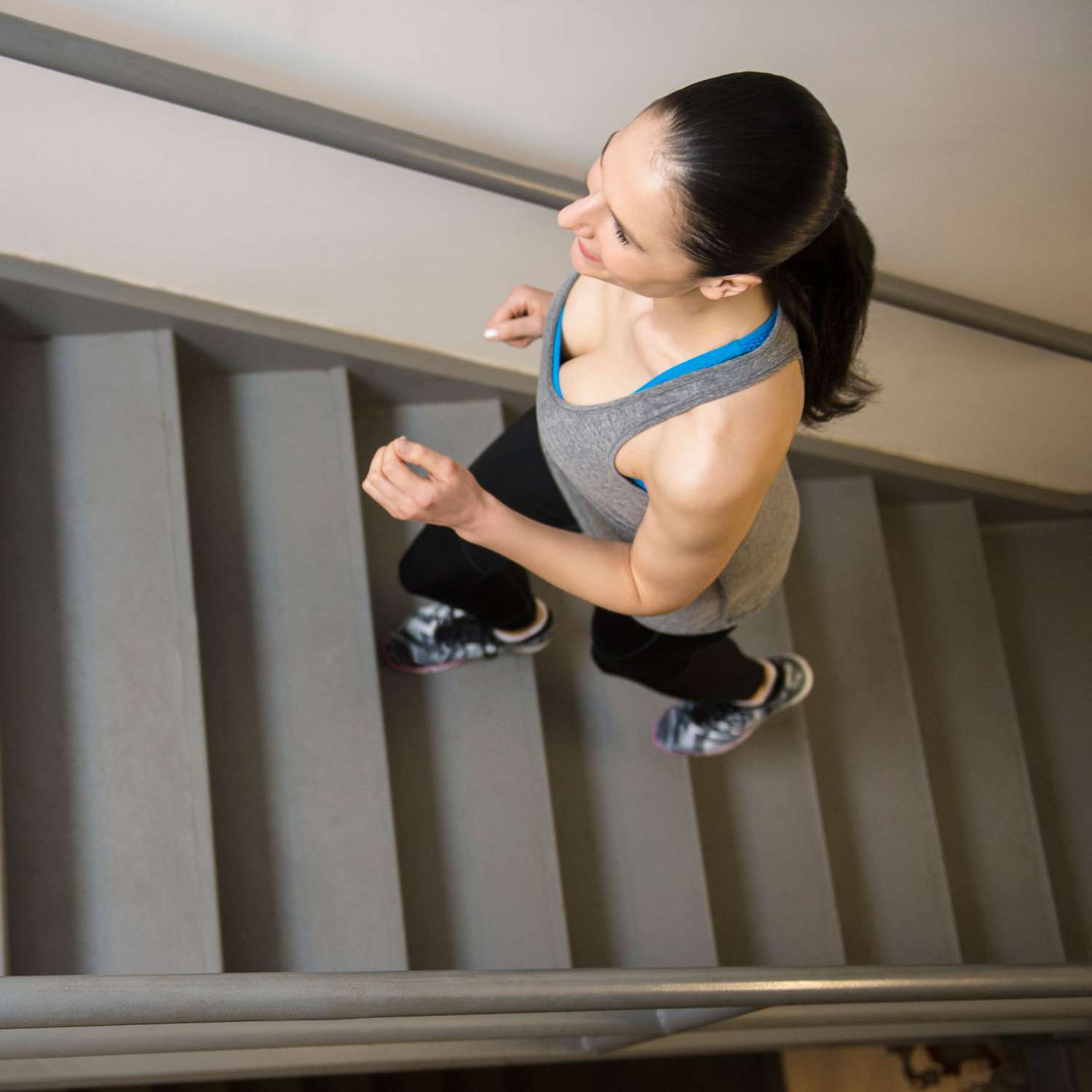


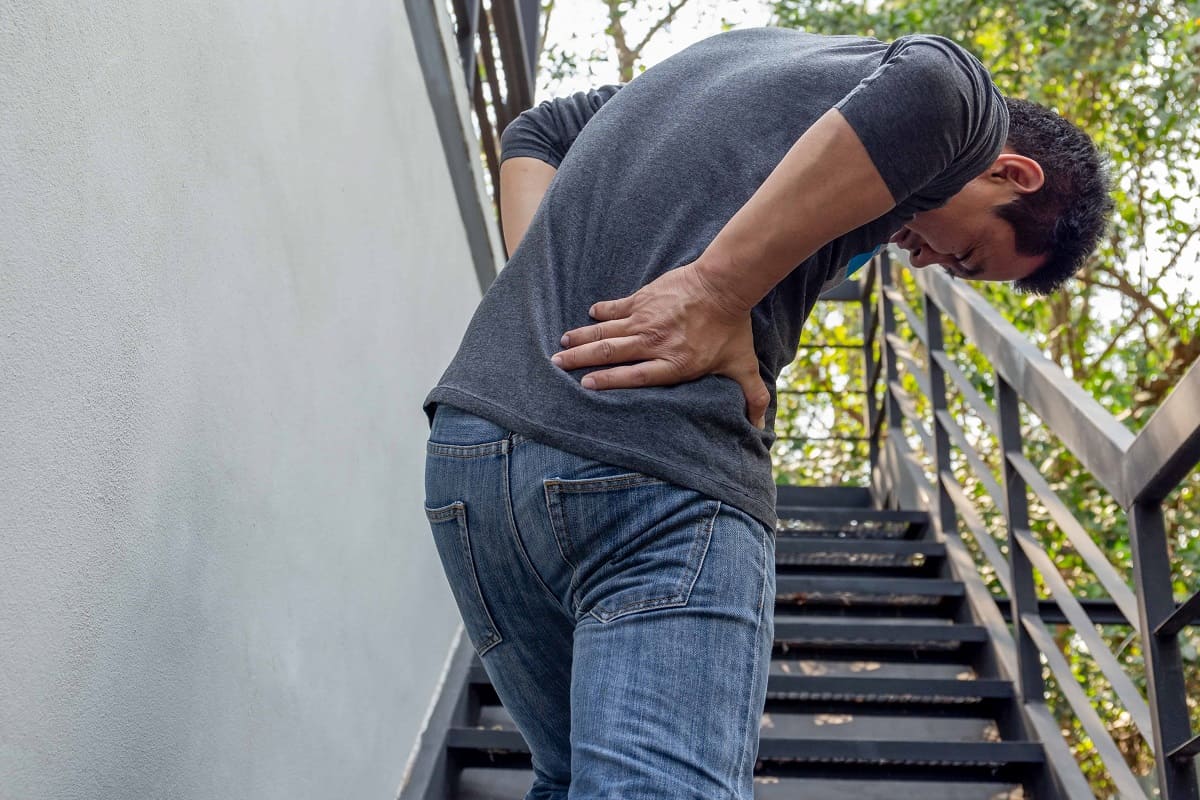
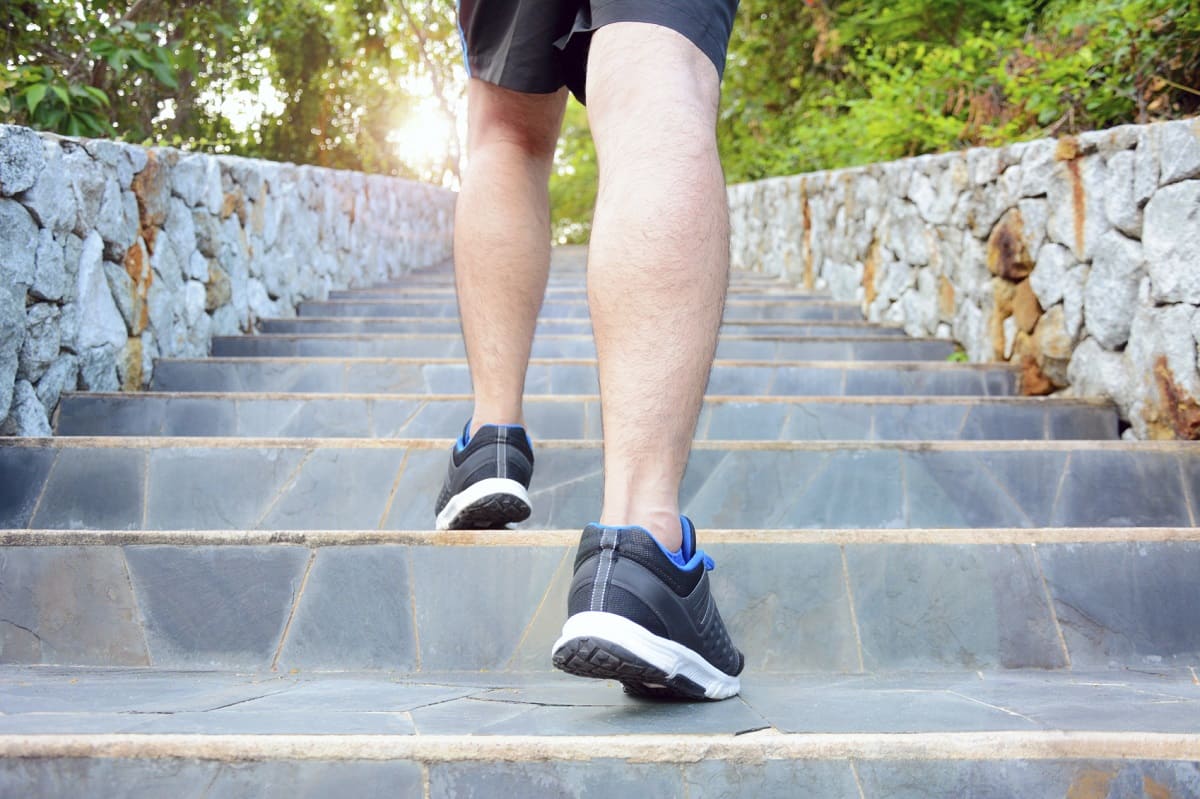

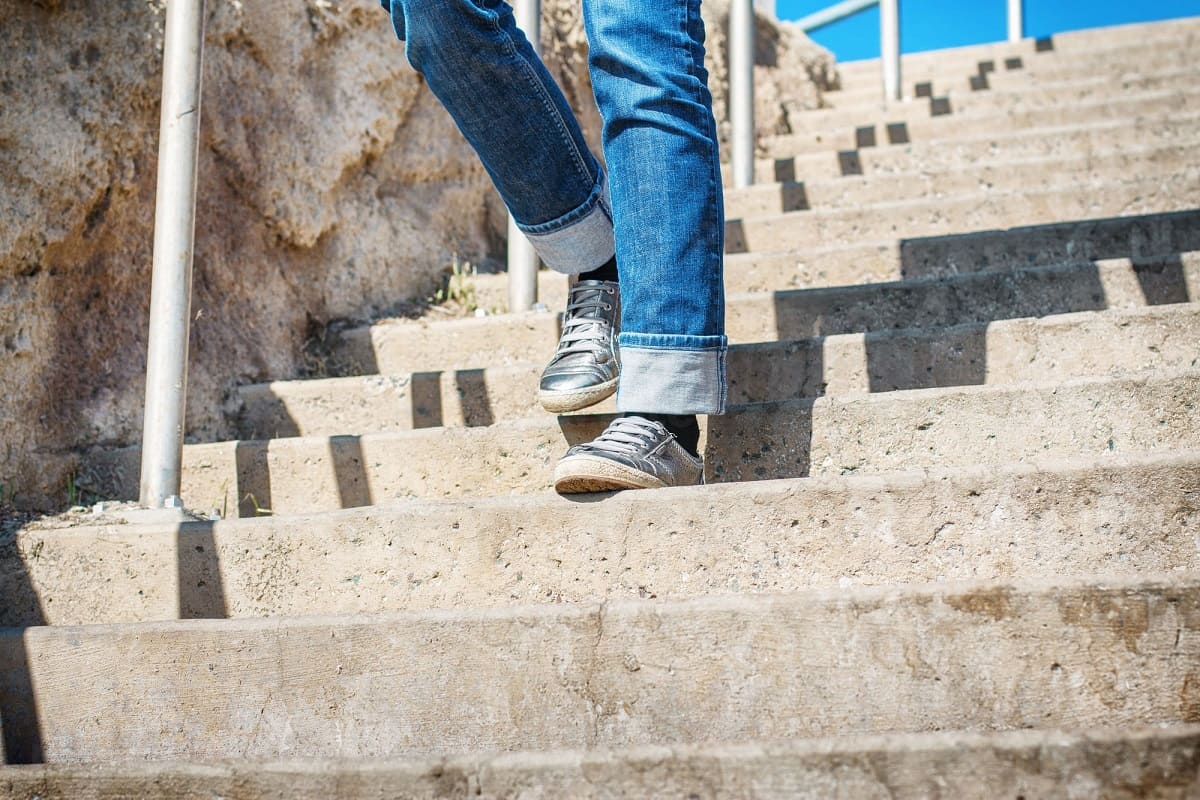

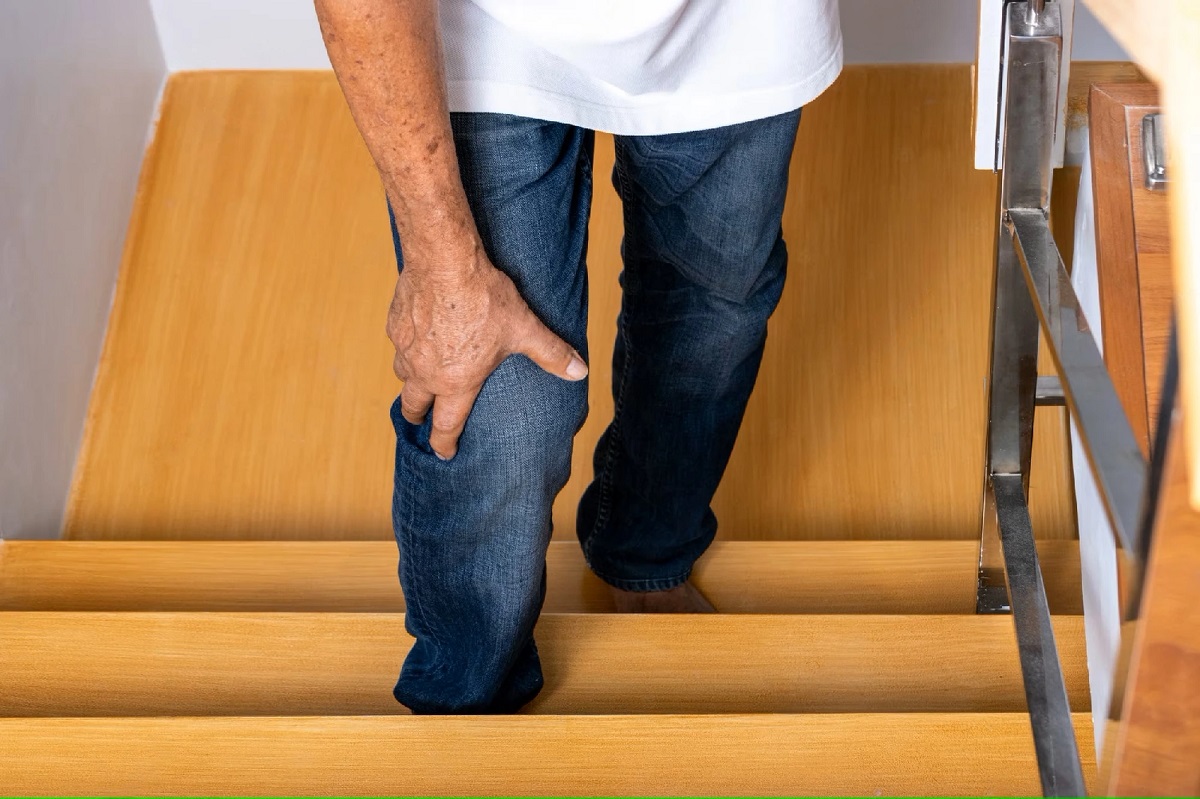





0 thoughts on “How To Monitor Heart Rate When Walking Up Stairs”